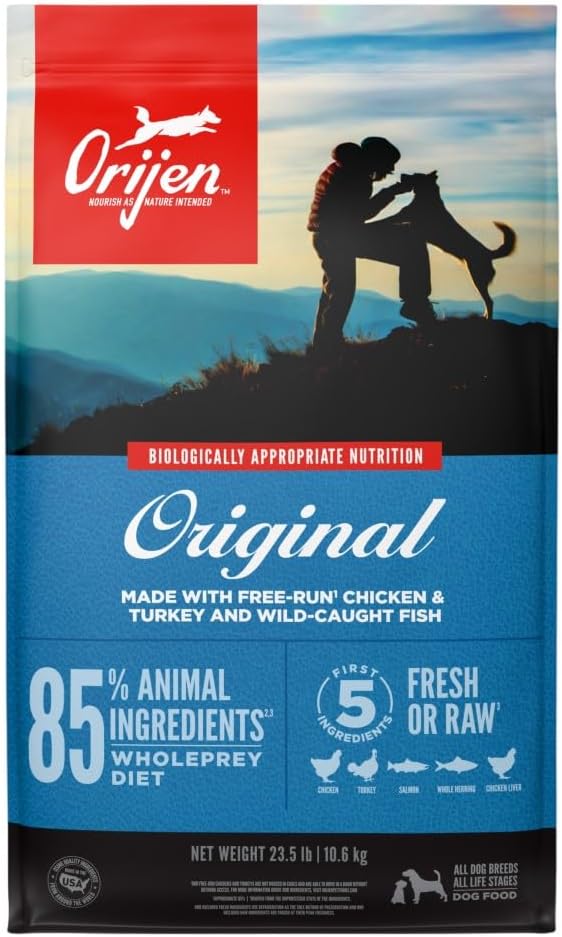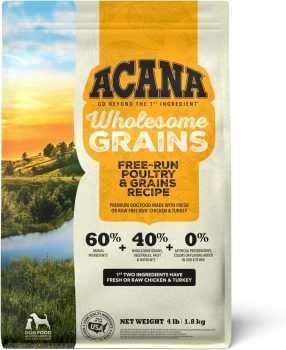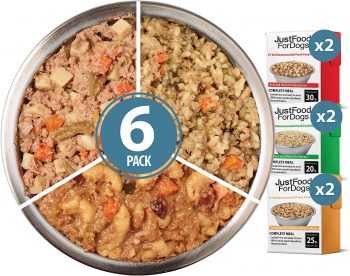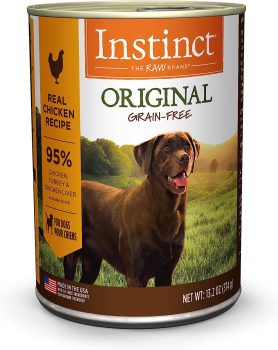Dachshunds, often referred to affectionately as “wiener dogs” or “doxies,” are charming and feisty little dogs known for their unique, elongated bodies. Originally bred for hunting, today they are more commonly found lounging in laps or darting around homes. While they may be small, Dachshunds have specific dietary needs that must be met to ensure their long-term health and maintain their iconic physique. Like all dog breeds, the amount of food a Dachshund requires varies based on several factors, including the caloric content of the food chosen. This article will provide a comprehensive guide on feeding a Dachshund to ensure their optimum health.
1. Caloric Requirements
a. Puppies: Dachshund puppies are active, growing rapidly, and thus require a diet dense in calories. Generally, a Dachshund puppy may need between 50 to 60 calories per pound of body weight daily.
b. Active Adults: A moderately active adult Dachshund may need approximately 25 to 30 calories per pound of body weight daily.
c. Sedentary Adults: Older or less active Dachshunds may only require 20 to 25 calories per pound, given their decreased energy levels and metabolism.
d. Pregnant or Nursing Mothers: The caloric demands of pregnant or nursing Dachshunds are significantly higher. Always consult a veterinarian for specific guidance during these stages.
2. Reading the Dog Food Label
Commercial dog food packages will provide feeding guidelines based on weight. However, these are general recommendations, and the caloric content can differ vastly between brands. Always refer to the caloric content listed and adjust based on your Dachshund’s specific needs.
3. Factors Affecting Feeding Amount
a. Activity Level: Dachshunds that engage in regular play or exercise will require more food compared to those leading sedentary lives.
b. Health Conditions: Certain health issues can impact appetite or metabolic rate. For instance, obesity is a common concern in Dachshunds due to their structure, making it essential to monitor their weight and adjust food portions accordingly.
c. Weight: Dachshunds come in different sizes, including standard and miniature. Naturally, a standard-sized Dachshund will require more food than its miniature counterpart.
4. Treats and Snacks
Treats, while delightful for dogs, should be given in moderation. As a general guideline, treats should not make up more than 10% of a Dachshund’s daily caloric intake. Being small dogs, it’s easy for Dachshunds to gain weight, so treat distribution should be monitored closely.
5. Monthly Cost Estimation
For this estimation, let’s consider a high-quality commercial dog food that costs about $1.50 per pound, with approximately 350 calories per cup.
If an active adult standard Dachshund weighing 20 pounds requires about 550 calories a day:
- Daily food requirement = 550 calories ÷ 350 calories/cup = 1.57 cups daily.
- Monthly food requirement = 1.57 cups x 30 = 47.1 cups.
- Assuming a standard 15-pound bag provides around 60 cups of food, our Dachshund would need a little less than one bag a month.
- Monthly cost = 0.78 bags x $22.50 (assuming $1.50 per pound) = roughly $17.55.
However, this is a general estimate, and actual costs can vary based on brand, region, and individual dog’s requirements.
Our 5 Top Foods for Dachshunds
The diets were selected by our founder Justin Palmer, a certified canine nutrition expert, specifically with Dachshunds in mind:
| Food | Pros | Cons |
|---|---|---|
|
|
|
|

Check Today's Price on: |
|
|

Check Today's Price on: |
|
|

Check Today's Price on: |
|
|

Check Today's Price on: |
|
|
Conclusion
Feeding a Dachshund, like any dog breed, requires knowledge, attentiveness, and a bit of intuition. Understanding their unique needs, considering their size, and recognizing the importance of high-quality food is key. A well-fed Dachshund is a happy and healthy one, and given their delightful personalities and unwavering loyalty, it’s a small price to pay for the joy they bring into our lives.
Frequently Asked Questions About Feeding a Dachshund

1. What kind of diet is best suited for a Dachshund?
Dachshunds thrive on a high-quality, well-balanced diet that’s rich in lean proteins and contains healthy fats and complex carbohydrates. Always opt for dog foods with whole meats as the primary ingredient and avoid those filled with unnecessary fillers or artificial ingredients. Given their predisposition to obesity, it’s essential to monitor calorie intake and ensure the food is appropriate for their life stage.
2. How many times a day should I feed my Dachshund?
Adult Dachshunds should be fed twice daily, once in the morning and once in the evening. Puppies, due to their higher energy and growth needs, should be fed more frequently, around 3-4 times a day.
3. Are there any specific foods Dachshunds should avoid?
Dachshunds, like all dogs, should avoid foods toxic to canines like chocolate, grapes, raisins, onions, garlic, xylitol, and alcohol. Given their propensity for weight gain, it’s also wise to limit fatty foods and excessive treats.
4. How can I tell if my Dachshund is overweight?
A Dachshund is considered overweight if it’s challenging to feel its ribs without pressing hard, lacks a visible waist when viewed from above, or has fat deposits over its spine and at the base of its tail. Regular vet check-ups can help monitor and manage their weight effectively.
5. Is it right to feed my Dachshund a vegetarian or vegan diet?
While dogs can survive on a vegetarian or vegan diet, it’s crucial to ensure they receive all necessary nutrients. If considering such a diet for your Dachshund, consult a veterinarian or pet nutritionist to make sure it’s balanced and fulfills all their dietary needs.
6. How much water should my Dachshund drink daily?
Dachshunds should ideally drink between 0.5 to 1 ounce of water per pound of body weight each day. Fresh water should always be available to them, especially after meals or physical activity.
7. Can Dachshunds eat human food or table scraps?
While some human foods are safe for Dachshunds, it’s essential to provide them in moderation. Always be aware of foods that are toxic to dogs and avoid giving them fatty or spicy foods. If giving table scraps, ensure it’s an occasional treat and not a regular part of their diet.
8. Are grain-free diets good for Dachshunds?
Grain-free diets can be suitable for some Dachshunds, especially if they have grain allergies. However, it’s essential to choose a high-quality grain-free food that provides all the necessary nutrients. Always discuss with a veterinarian before making significant changes to your dog’s diet.
9. Do Dachshunds have specific dietary needs due to their unique body structure?
Yes, due to their elongated bodies, Dachshunds are prone to spinal issues and obesity, which can further strain their spine. Therefore, it’s crucial to monitor their weight and ensure they’re fed a balanced diet to maintain optimal health and prevent excessive weight gain.
10. How do I transition my Dachshund to a new type of dog food?
When switching foods, do it gradually over a week to avoid upsetting your Dachshund’s stomach. Start by mixing a small amount of the new food with their current food, gradually increasing the new food’s proportion each day until it entirely replaces the old diet.
 Check Today's Price on:
Check Today's Price on: Toledo, United States.
Toledo, United States.
